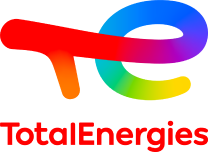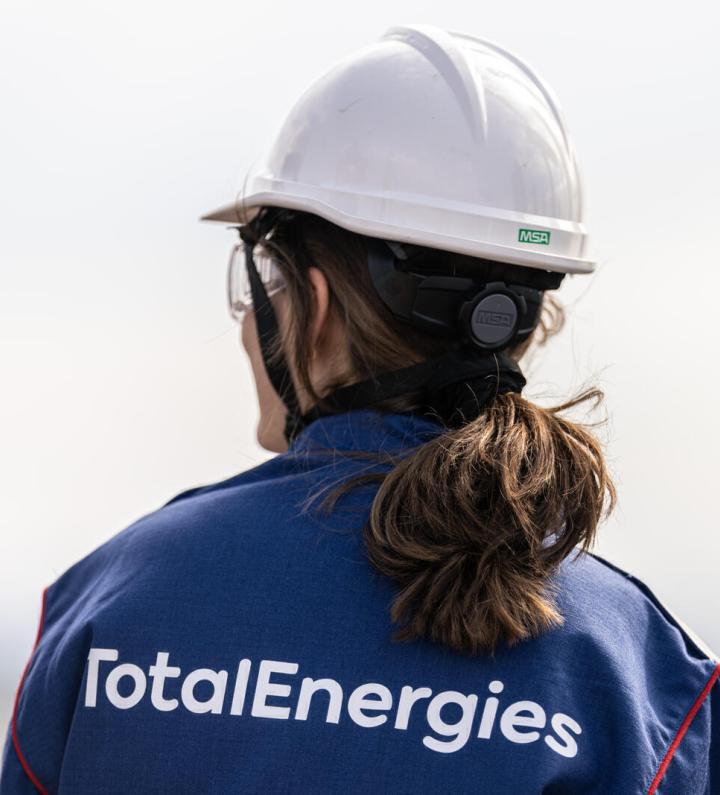TotalEnergies reports on its financial and non-financial performance through several reports by referring to international reporting standards.
CSR Reports and Reporting Standards
CSR Reports and Reporting Standards
CSR Reports and Reporting Standards
Financial and non-financial reportings
TotalEnergies’ financial and non-financial reportings are published in the Universal Registration Document. More specifically, TotalEnergies presents and discloses its environmental, social, societal and governance strategy and policies through the following reports:
- An integrated report (Chapter 1 of the Universal Registration Document) which highlights, among others, the Company's ambition, its business model, its strategy, its long-term vision and its commitments.
- Sustainability information in application of the CSRD (Chapter 5 of the Universal Registration Document), the content of which can be accessed in the “Indicators” section of this website.
- A vigilance plan (Chapter 3.6 of the Universal Registration Document) that describes the due diligence measures implemented within the Company to identify risks and prevent serious violations of human rights and fundamental freedoms, individuals' health and safety and the environment resulting from the Company's activity.
In addition to these documents, TotalEnergies publishes dedicated thematic reports:
- A Sustainability & Climate Progress Report, published in March 2025.
- A Human Rights Briefing Paper, which follows the United Nations’ Guiding Principles Reporting Framework. The latest edition was published in January 2024.
Reporting standards
TotalEnergies believes that transparency is an essential principle of action in order to provide clear information to investors, the regulators and to the general public. Pending the adoption of an international, standardized extra-financial reporting framework, TotalEnergies endeavors to report its performance on the basis of the various commonly used extra-financial reporting frameworks.
Find out more about reporting standards and access our index tables:







